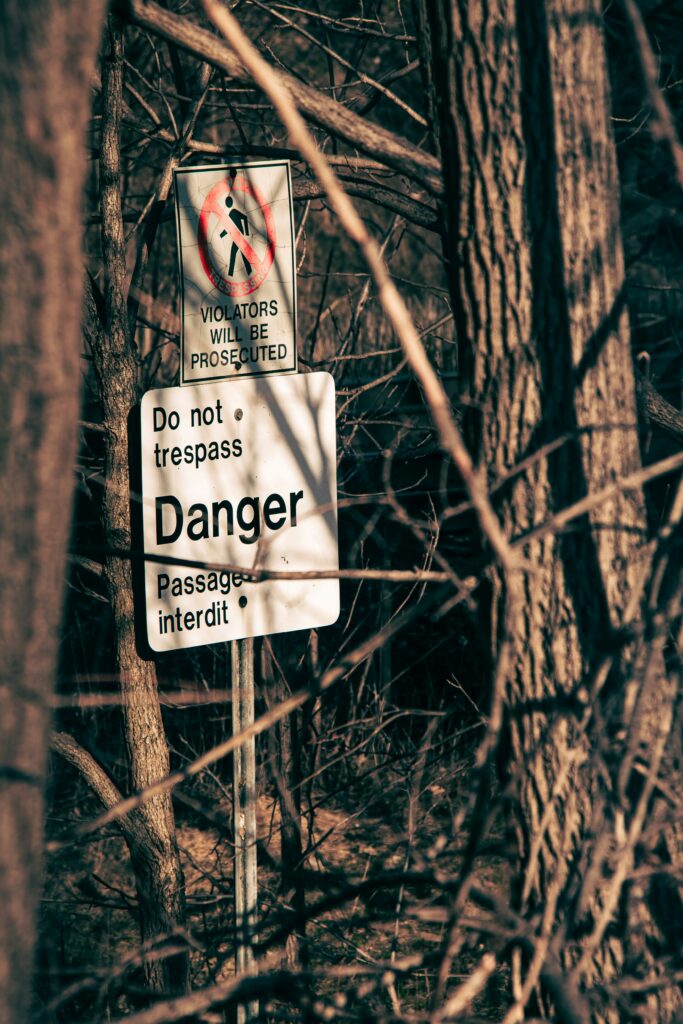Tort law is an area of civil law that deals with situations where a person’s wrongful conduct causes harm to another. Unlike criminal law, tort law is concerned with compensating victims rather than punishing offenders. The primary purpose of tort law is to restore the injured party to the position they would have been in had the tort not occurred, usually through monetary compensation (damages). This blog post will explore different types of torts in the UK.
The development of tort law
UK tort law has its roots in common law systems, evolving over centuries through common law jurisdictions and precedents.
One of the most significant developments in the history of UK tort law was the establishment of the duty of care principle, particularly in negligence cases. The landmark case of Donoghue v Stevenson [1932] AC 562 established that manufacturers owe a duty of care to consumers, laying the groundwork for modern negligence claims. This case is often regarded as the foundation of modern tort law, influencing not only UK legal framework but also legal systems worldwide.
Types of torts and practical examples
Negligence
Negligence, the most prevalent form of tort, arises when an individual fails to exercise the level of care that a reasonably prudent person would under similar circumstances, resulting in harm to another person. For a negligence claim to be successful, the claimant must establish that the defendant owed them a duty of care, breached this duty, and caused loss as a direct result.
You can read more about negligence in our recent blog post.

Trespass
Tort of trespass deals with the unlawful interference with someone’s person, property, or land. It is a broad concept designed to protect personal rights and property from intrusion or damage by others. Unlike other torts, trespass is actionable per se, meaning that a claimant does not need to prove actual damage to bring a case. The mere act of interference, whether intentional torts or not, can suffice to establish tort liability.
There are 3 types of trespass:
- Trespass to land
Trespass to land occurs when a person enters or remains on someone else’s property without permission. This can include situations where someone causes an object or another person to enter the land, or where they place or leave something on the land without the owner’s consent. Even if no harm is done to the property, the mere unauthorised entry is sufficient for a claim. For example, if someone walks through another person’s garden without permission, that could constitute trespass to land.
- Trespass to the person
Trespass to the person includes various forms of physical interference with another person, such as assault, battery, and false imprisonment. Assault involves causing someone to fear immediate harm, while battery refers to the actual physical contact or harm. False imprisonment occurs when someone unlawfully restricts another person’s freedom of movement. For instance, physically holding someone against their will or threatening them in a way that restricts their movement could be considered trespass to the person.
- Trespass to goods (chattels)
Trespass to goods, also known as trespass to chattels, involves the unlawful interference with another person’s movable property. This can include actions like taking, damaging, or destroying someone else’s possessions without permission. Even minor interferences, like borrowing an item without the owner’s consent, can amount to trespass to goods. For example, if someone takes another person’s car without permission, even for a short time, that could constitute trespass to goods.
There are several defences available to those accused of trespass, such as permission, necessity or self-defence.
Remedies available to the injured party include damages, physical repossession (return of the property) or injunction (a court order to prevent trespasser from continuing their unlawful behaviour).
Nuisance
Private nuisance
Private nuisance refers to an interference with an individual’s enjoyment or use of their land by another person. This type of nuisance occurs when someone’s actions or omissions cause substantial and unreasonable disturbances to their neighbour’s property. Examples of private nuisance include loud noises, foul odours, excessive smoke, or pollution originating from a neighbouring property. For a claim to be successful, the interference must be substantial and not trivial, affecting the claimant’s comfort or property use in a considerable way. The courts assess factors such as the duration, intensity, and nature of the interference to determine its reasonableness. The primary goal is to protect the individual’s right to quietly enjoy their property without undue disruption from others.
In a recent landmark case Fearn v The Board of Trustees of the Tate Gallery [2023] UKSC 4, the Supreme Court emphasised the importance of a substantial interference with the ordinary use and enjoyment of the property when it held that the Tate Modern’s viewing platform enabled its visitors to cause a nuisance for the neighbouring flat owners. The Court stressed that nuisance could arise through various means and there are no restrictions on what may be considered a nuisance.
Public nuisance
Public nuisance addresses actions that interfere with the rights of the community or the public at large. This type of nuisance involves conduct that endangers the health, safety, comfort, or convenience of the public or obstructs the use of public rights, such as highways or parks.
Examples of public nuisance include illegal dumping of hazardous waste, blocking public roads, or running a business that produces harmful emissions affecting the surrounding community. Unlike private nuisance, a public nuisance claim typically requires the claimant to demonstrate that they suffered particular harm beyond what the general public experienced.
Common defences for nuisance include prescription, consent or public benefit.
Common remedy for nuisance is an injunction order or damages.
What is the rule in Rylands v Fletcher?
The rule in Rylands v Fletcher establishes strict liability torts (liability regardless of fault or intent) for a person who, in a non-natural use of their land, brings something onto it that is likely to cause harm if it escapes. If that substance or item escapes and causes damage to another’s property, the landowner can be held liable, regardless of negligence. Key defences include acts of God, acts of third parties, consent, and statutory authority.
Deceit
The tort of deceit addresses situations where a person intentionally makes a false representation with the intent to deceive another, resulting in damage to the deceived party. This tort is characterised by 4 key elements: the defendant must make a false statement knowingly or without belief in its truth, with the intent that the claimant relies on it, the claimant must act upon this false statement and the claimant must suffer loss as a direct result of relying on the deceit.
A classic example is a fraudulent misrepresentation, where one party provides false information during contractual negotiations, leading the other party to enter into a disadvantageous contract.
Defences available to those accused of tort of deceit include for example when the defendant did not know the statement was false and had no reasonable grounds to believe it was false or if there was no actual damage suffered by the claimant.
Remedies available to the injured party are for example damages or rescission (contract will be treated as if it was never made and the parties are restored to their original positions, with any benefits received under the contract being returned).

Breach of confidence
To establish a breach of confidence, the information disclosed or used without permission must be confidential and shared under circumstances that imply an obligation of confidentiality. Where a breach of confidence occurs, the affected party may seek legal remedies, such as an injunction to prevent further disclosure or damages to compensate for any harm caused. Common defences for a breach of confidence claim include consent, public interest or information already in public domain.
An example of a breach of confidence is when an employee shares their company’s confidential client list with a competitor after leaving the job. This unauthorised disclosure violates the trust placed in them and can lead to legal action.
Defamation
Defamation involves making false statements that harm another person’s reputation. It is divided into two categories: libel and slander. Libel refers to defamatory statements in written or published form, while slander refers to spoken statements.
Defamation is a tort of strict liability and therefore there is no need for the claimant to establish that defendant’s intention to defame.
Practical examples:
- Libel: A newspaper publishes an untrue story claiming a business owner engages in illegal activities, causing the business significant financial loss and reputational damage.
- Slander: A manager falsely tells employees that a colleague, Sarah, has been stealing from the company. This untrue statement harms Sarah’s reputation at work, causing her to lose trust and credibility among her peers.
Defences include for example, when the defendant can prove that the defamatory statement is true, if the statement is an expression of opinion rather than a statement of fact or consent.
Remedies include damages and injunction (court order requiring the defendant to stop further publication or distribution of the defamatory statement).
Conclusion
Understanding the various aspects of tort law is crucial if you find yourself involved in a civil dispute. Whether you are seeking compensation for personal injury or defending against a tort claim, having the right legal support is critical.
At EM Law, we have a team of experienced solicitors who specialise in various areas of tort law. Whether you are dealing with a complex negligence case or need assistance with a nuisance claim, our solicitors are here to help. You can contact us here to arrange a consultation.





